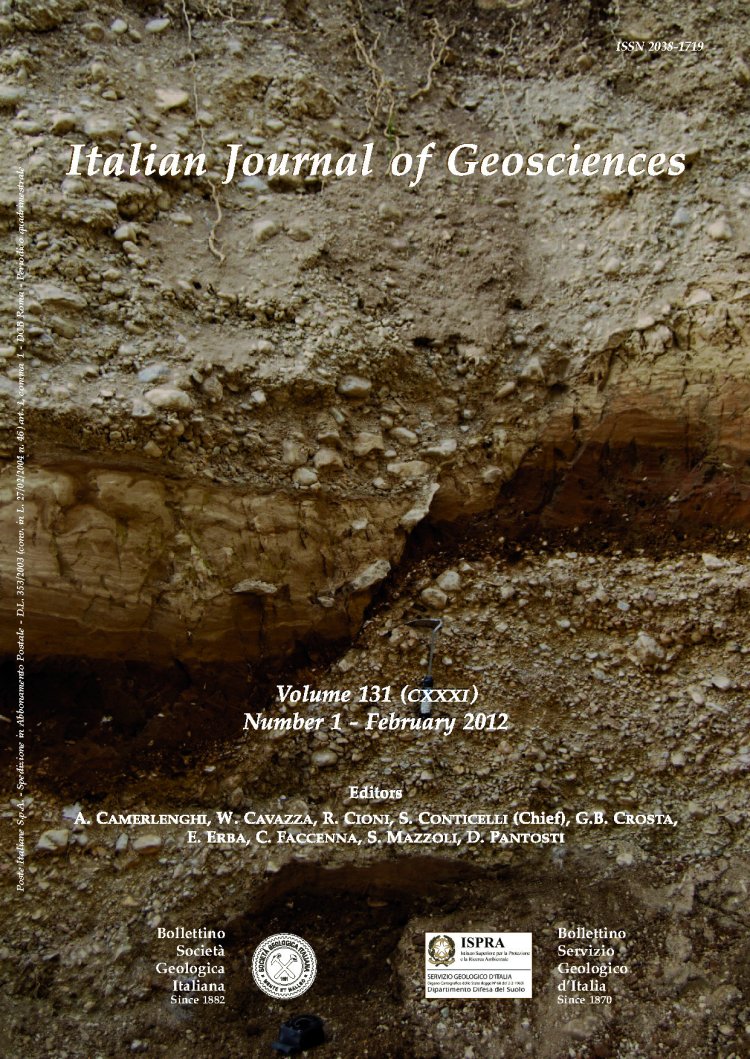
New insights on the Holocene marine transgression in the Bahía Camarones (Chubut, Argentina)
Giovanni Zanchetta(1), (2), (5), Ilaria Consoloni(1), Ilaria Isola(2), Marta Pappalardo(1), Adriano Ribolini(1), Marina Aguirre(3), (4), Enrique Fucks(4), Ilaria Baneschi(5), Monica Bini(1), Luca Ragaini(1), Filippo Terrasi(6) & Gabriella Boretto(7)
(1) Dipartimento di Scienze della Terra, University of Pisa, Via S. Maria, 53 - 56126 Pisa, Italy. Corresponding author: tel. +39 050 2215795, fax +39 050 2215800, e-mail: zanchetta@dst.unipi.it
(2) Istituto di Geofisica e Vulcanologia, Sezione di Pisa, Via della Faggiola, 32 - 56100 Pisa, Italy.
(3) CONICET, INGEA UNLP, Laboratorio 6 (Malacofauna Cuaternaria), calle 64 no 3 - 1900 La Plata, Argentina.
(4) Facultad de Ciencias Naturales y Museo, Universidad Nacional de La Plata, INGEA, calle 64 no 3 - 1900 La Plata, Argentina.
(5) IGG-CNR, sezione di Pisa, Via Moruzzi, 1 - 56100 Pisa, Italy.
(6) CIRCE, Department of Environmental Sciences, Second University of Naples, Caserta, Italy.
(7) CICTERRA (Centro de Investigaciones en Ciencias de la Tierra), Avenida Velez Sarfield, 1611 - CP 5016. Còrdoba, Argentina.
Abstract
Keywords
Get Full Text